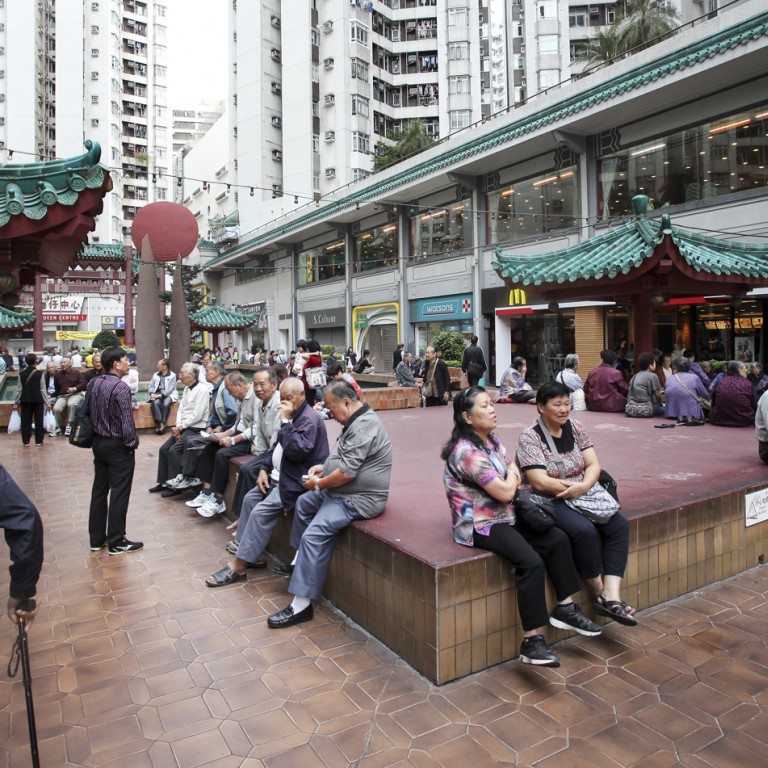
Ageing population debate heats up
Bernard Chan says consultationcalls for thoughtful debate, not cynicism
The government launched its public engagement exercise on population policy last week. Critics or sceptics who see a hidden agenda, like pushing importation of cheap overseas labour, should study the consultation document, "Thoughts for Hong Kong".
The issue we face is a gradual, but major change in the shape of our population. In the 1950s and '60s, the average woman in Hong Kong had three kids, and young immigrants were pouring in. Up to the mid-1970s, more than 50 per cent of the population was below 25 years old. Hong Kong was young.
Today, we have some schools sitting empty - yet a growing shortage of elderly care spaces. The average woman today has barely one child. The working population will fall from 59 per cent of the total today to 49 per cent in 2041. Meanwhile, the youngsters of a few decades ago are reaching retirement age and living longer; the over-65s will go from today's 14 per cent of the population to 30 per cent.
This means a big shift in the balance between workers and non-workers. Today there are 355 dependents (children and elderly) for every 1,000 people of working age; based on current trends that ratio will be 712 dependents per 1,000 workers in 2041. This has major implications for tax revenues and government spending on health care and elderly services.
We must break the monopoly and allow the recruitment of qualified overseas doctors
Hong Kong is not alone in facing this trend. Unlike many other developed economies, our government has big reserves rather than massive debt. No one knows exactly what these demographic trends will mean, or even how much government can do about them. But these are not reasons to do nothing. The ageing population is a bit like climate change; it might be easy to ignore, but it could also do serious damage.
One complaint is that the document sees people primarily as parts of the economy - as high- or low-quality workers. However, this is how academics and bureaucrats the world over discuss this issue. The fact is that this is largely about the workforce becoming relatively smaller. Like it or not, the size and productivity of our labour pool will have a direct impact on our future standard of living.
The consultation document does not propose specific policies. It is aimed at encouraging awareness and debate about our possible future choices. To me, the key is expanding the capacity of the population of working age. An obvious option is to raise retirement ages; after all, the ageing population is the result of older people being healthier and fitter. Another area to look at must be education.
We need to address a mismatch of skills, but also - I believe - a mismatch of expectations. In many restaurants now, the head dishwasher is paid more than the assistant chef. Too many graduates want to be in finance, yet the growth industries of the future are likely to be in areas like health care. Pay and career paths need to adjust, and young people's attitudes probably need to change.
Immigration and importation of labour are sensitive but unavoidable issues. Education levels of mainland immigrants coming for family reunions may rise in future, as cross-border marriages become more common among the middle class.
As for overseas talent and entrepreneurs - it has always paid us to welcome people with scarce and necessary skills or who can innovate and boost productivity. We should work harder on quality of life issues, like air pollution, to attract them.
I expect that we will need unskilled temporary migrant labour at times in cyclical industries like construction. But for the most part, we should keep its use to a minimum. If employers need to pay more for less-skilled local staff, so be it.
Maybe you agree or disagree. Either way, we will be debating this subject quite a bit in the coming months.

